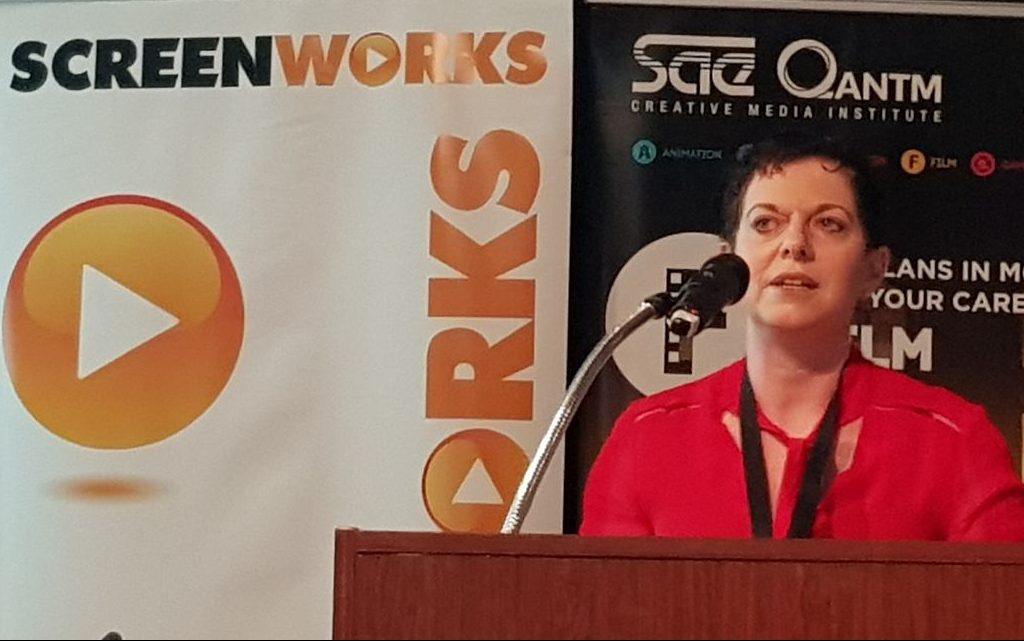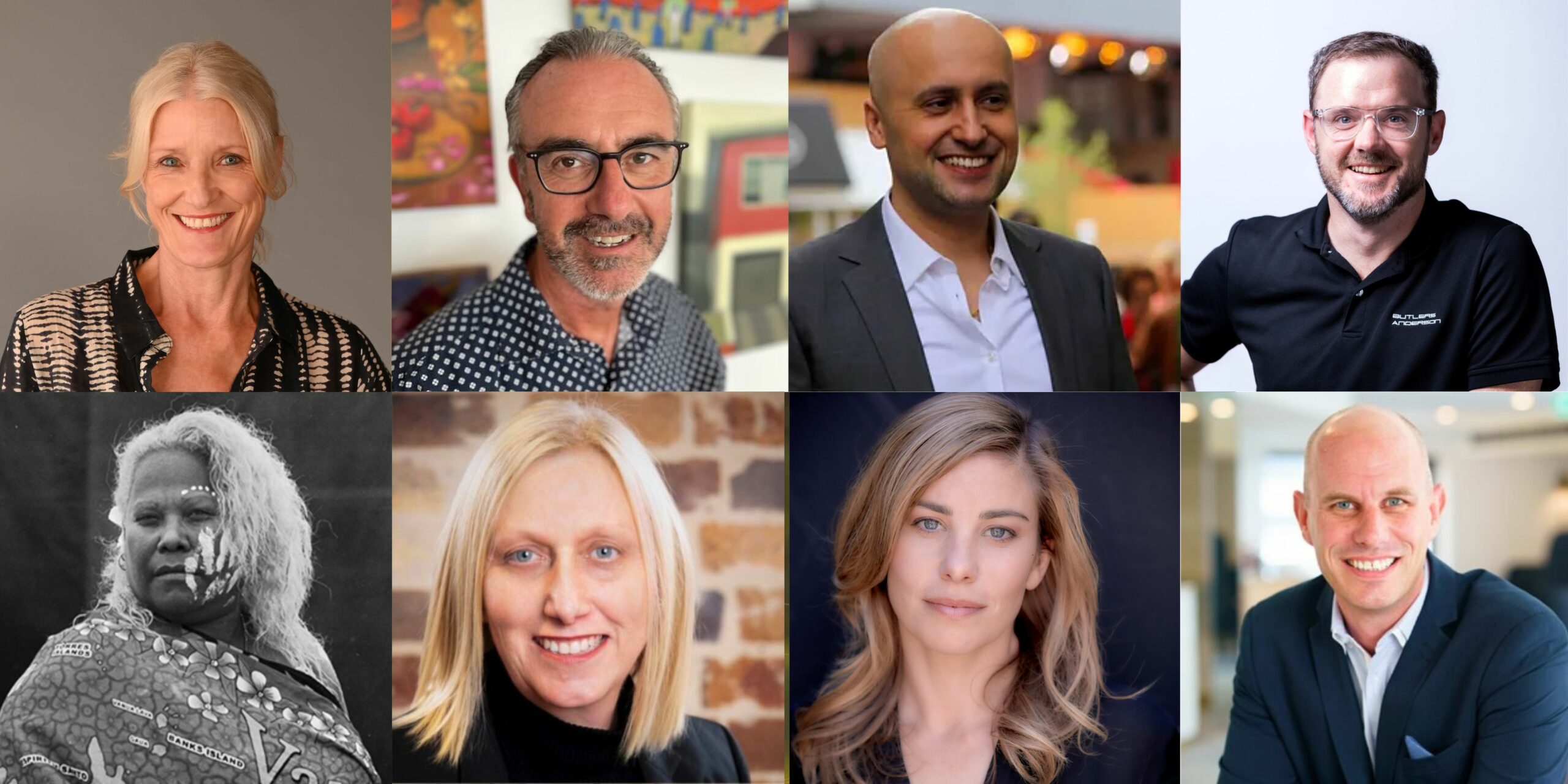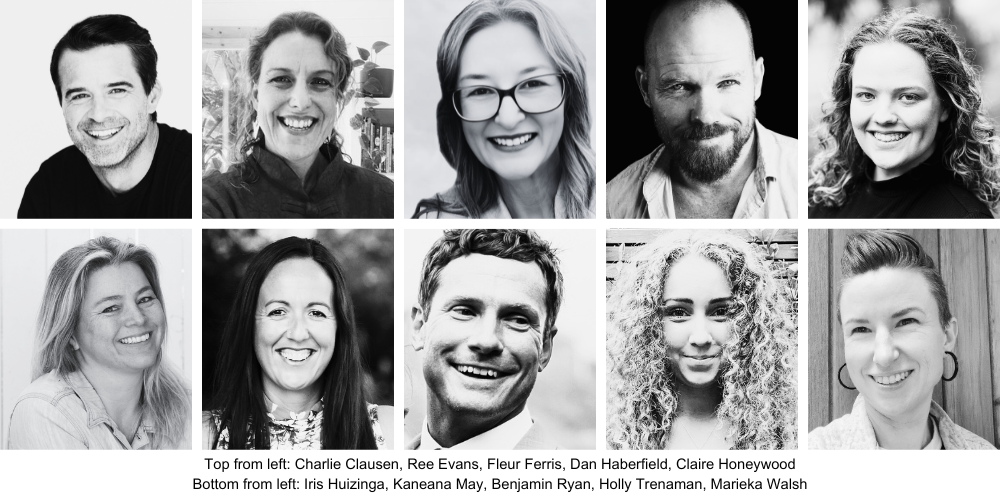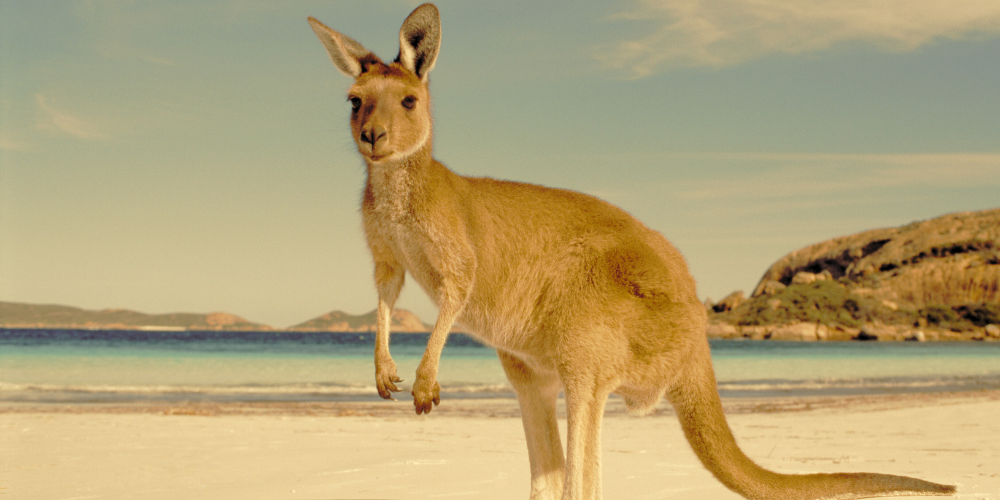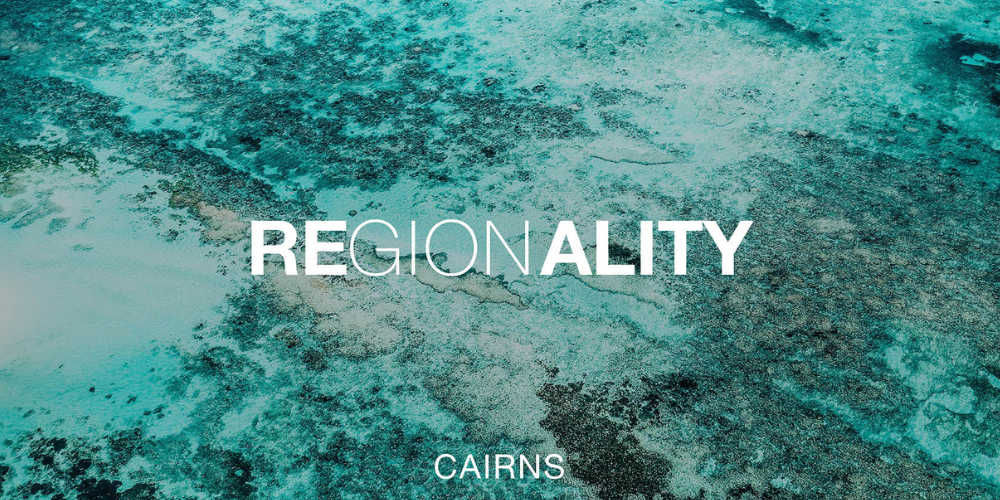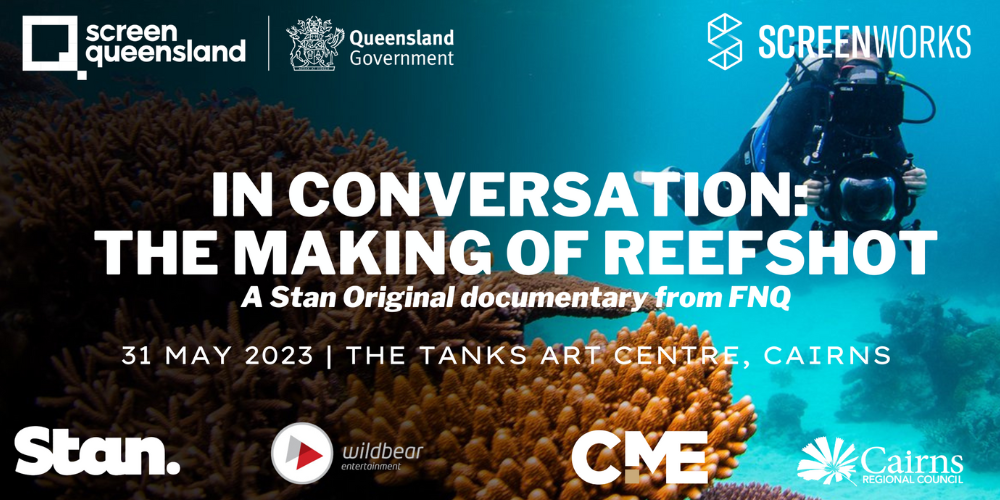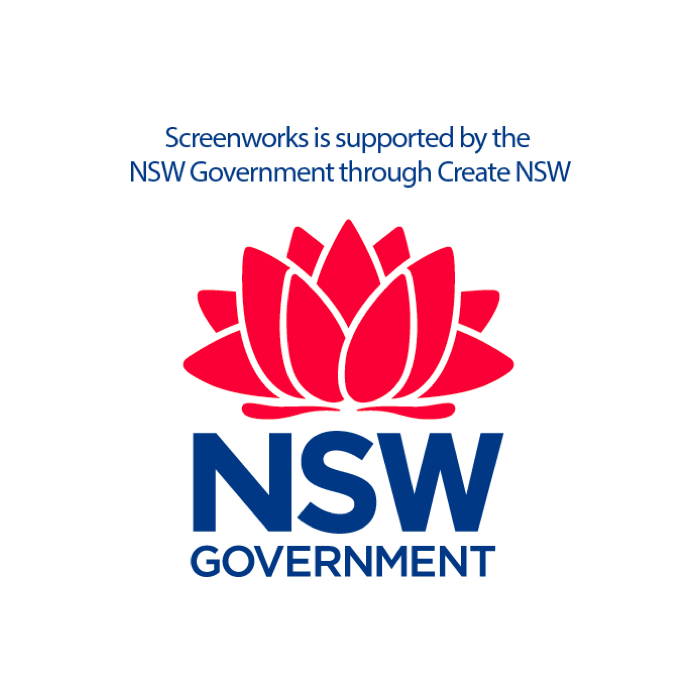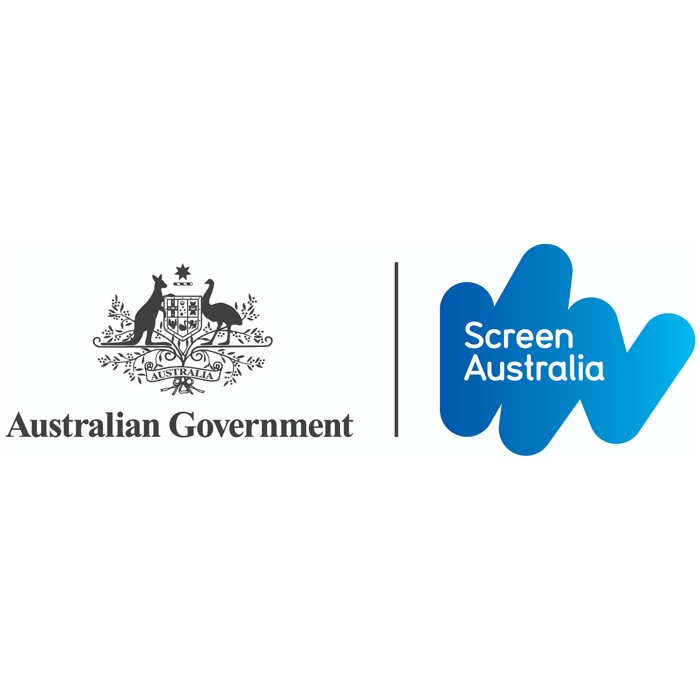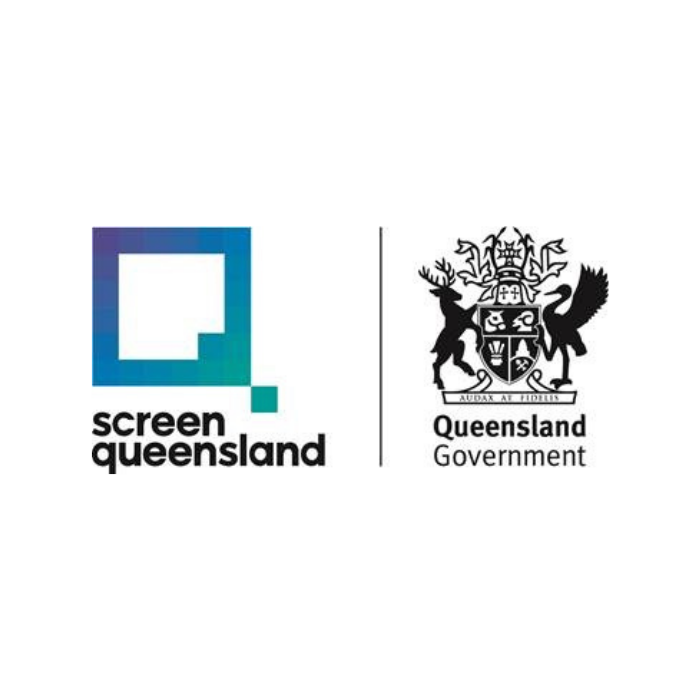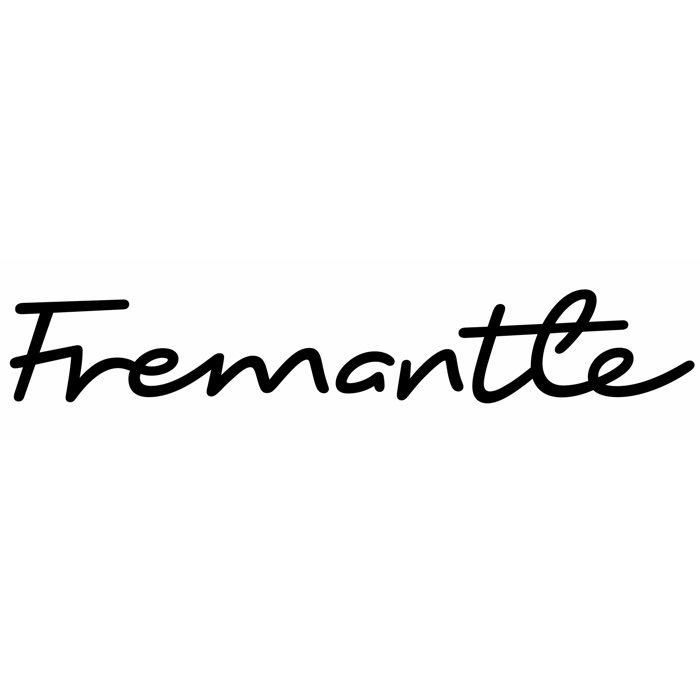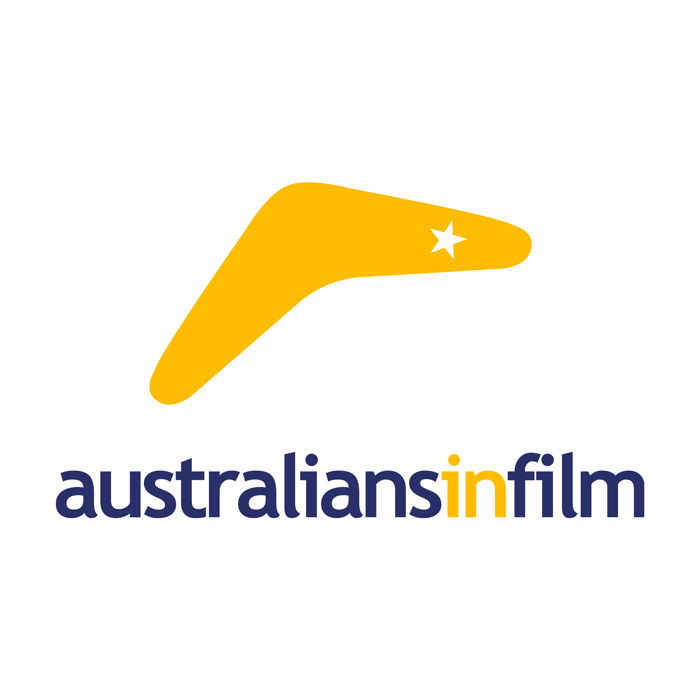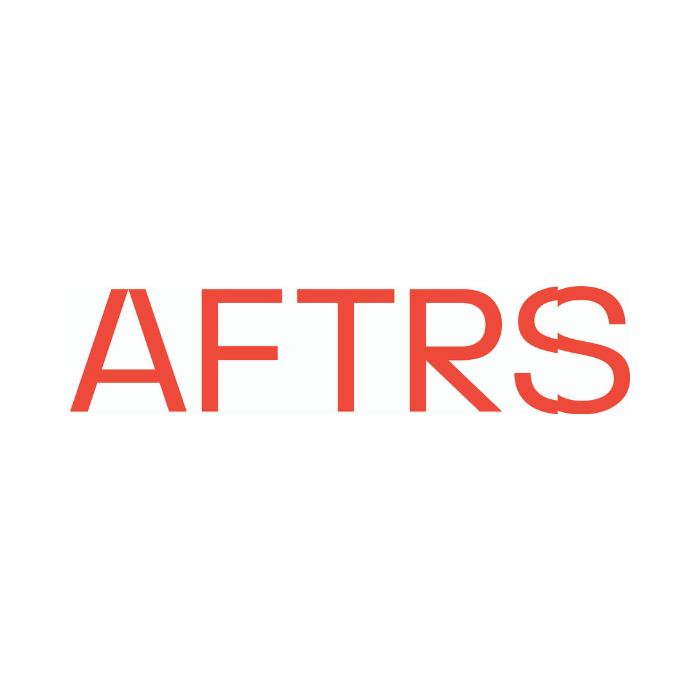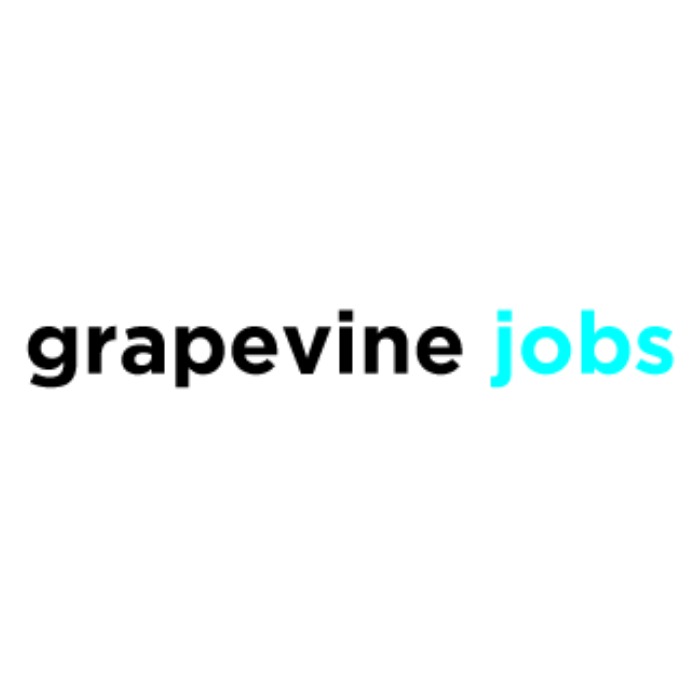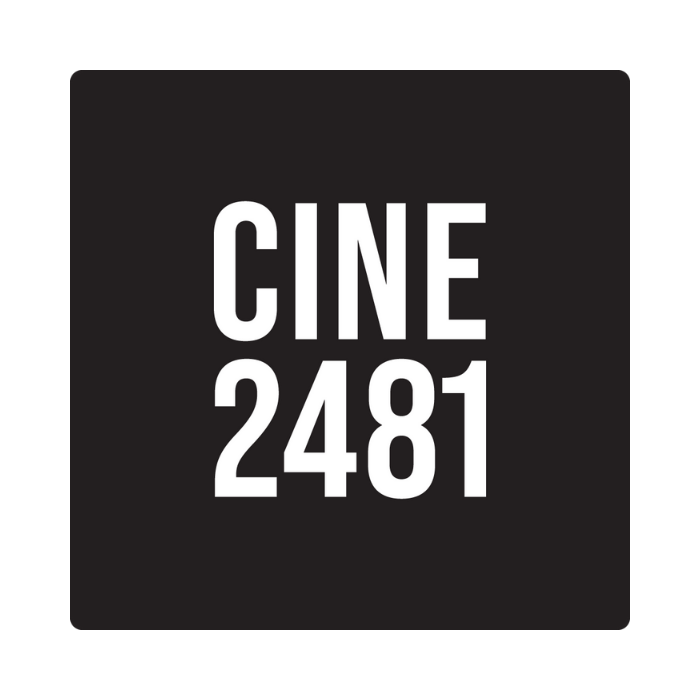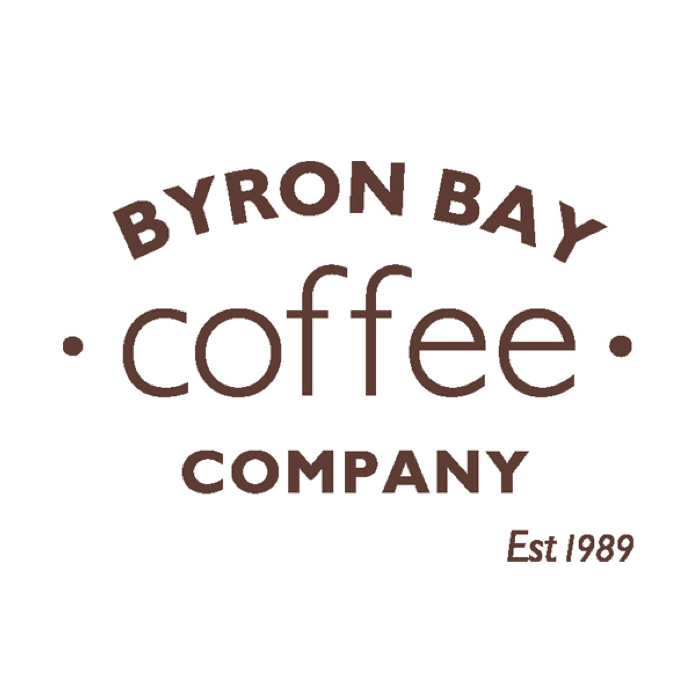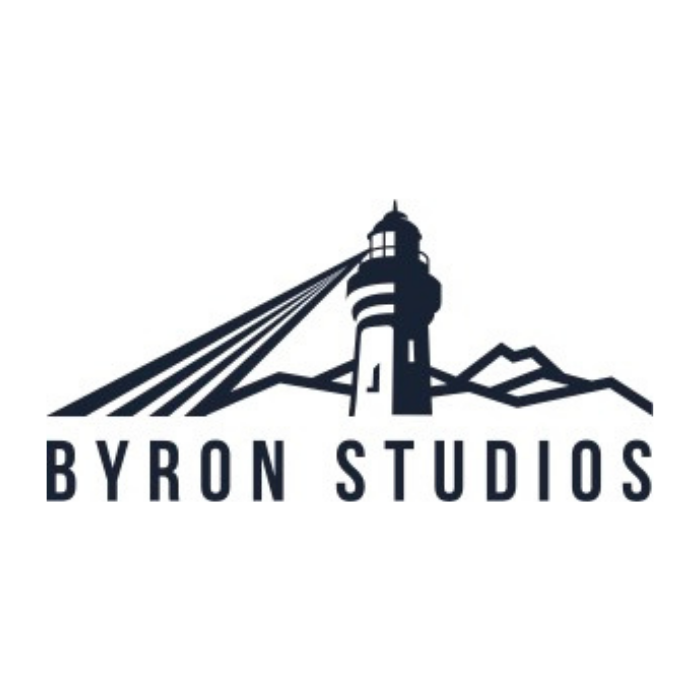Deanne is a media entrepreneur, company director and philanthropist, and has more than 25 years’ experience in media and communications. She is a globally recognised leader, strategist and communicator, and chairs the boards of two private companies in which her company Weir Anderson is a significant investor: Hoodlum, an Emmy and BAFTA award winning production company, and Ai-Media, a technology and social innovation company. In 2017 Deanne was appointed chair of the Sydney Film Festival.
Deanne gave the keynote address at Screenworks Business of Producing conference in Byron Bay on Saturday March 10, 2018:
Many thanks for having me here today in this beautiful part of the world. Lisa gave me a pretty easy job, just a few thoughts on future visions for the screen sector: where are we all going?
Well, on the one hand, as a species we have never ‘watched’ more content, in either variety, or hours spent viewing. So as content people, as story-tellers, that is pretty exciting. But the proliferation of types of content, and the increasingly different means by which we can consume our media, has resulted in a massive disruption to our traditional business models, operational methodologies, and audience expectations. There is massive change across every single element of the content creation chain, from Development, Production, Distribution, Marketing, and Exhibition to Consumption, and that can be terrifying.
Further, we face huge generational change within our audience as Generation Z, now aged 17 to 27, brings very different consumption habits and interests that will continue to move our cheese.
But wait, there is more: we are staring down the barrel of the Fourth Industrial Revolution, with disruptive technologies that will change not just our business but our society at every single level. This is not just a continuation of the digital computing revolution that we have been living through, but a complete disruption of it. Advances in Artificial Intelligence, Blockchain, and Bio Technology will change our world in ways we are yet to contemplate, and as the story-tellers and interpreters of our culture, we will have to respond to this.
So yes, even more change is upon us, but I think there are great opportunities to come from this. To explain I thought I would share some perspective from my experiences and then I hope we can have some discussion at the end, I would love to get your views as well.
My content experiences began in country Victoria in the 70s, where movies and TV (all 2 channels) were my escape: The Sullivans, Division 4, Homicide, Number 96, horror movies on a Friday night by the fire with my Dad, the Saturday afternoon double bill at the local cinema. Film and TV allowed me to imagine a world way beyond wheat and sheep country, and eventually some 20 years later I found myself working in Pay-TV for AUSTAR, the regional provider, bringing the world to regional homes across the country via satellite.
In those earlier days, Pay-TV was the great disrupter, trying to convince Australians that we had content worth paying for, and that choice was the great change agent. Why have only 5 Free To Air channels when you could have over 100 pay channels? Then of course the arrival of digital Free to Air TV in 2008 meant that choice was no longer the point of difference. Next, the arrival of the Subscription VOD platforms provided even further disruption; no need to talk about channels, we are all focussed on Shows, most delivered Ad Free and on demand. So now, other than perhaps for live sport and major ‘event’ television, which might include some of the true zeitgeist reality shows, the concept of appointment viewing is beginning to fade away.
The new streaming platforms provide multiple opportunities to view movies and binge on TV series that we never got a chance to watch on ‘normal TV’. And if you are under 30, this conversation might be foreign to you anyway, because you spend most of your content consumption time looking at videos on YouTube….and I don’t mean the cat videos that YouTube is often derided for, but rather a mind boggling array of content, with 300 hours of video being uploaded every minute, and 5 billion videos being watched every day. The most recent Australian Viewing Report shows that for the first time ever, people aged 18 to 24 watched more content on connected devices than on their TV screen.
In Australia, Netflix went from a standing start a few years ago to now being in well over one third of Australian homes, with over 8m individual Australians as subscribers, more subscribers that Foxtel who has been in market for 22 years. STAN is getting close to 1 million subs. And as subscribers to streaming services increase, viewership of both traditional free to air and pay-tv services declines. With the change in viewing patterns and the growth of mega platforms such as Google and Facebook, we also have a significant change in the monetisation model for traditional commercial broadcasters with huge pressure on advertising revenue. This has to force them to reconsider what shows to commission because their advertising revenue is their lifeblood. If the best path to revenue is wall to wall sport, news and reality then that is where they will be forced to go.
For the public broadcaster, the challenge is how to be relevant in an evolving world: how to serve a loyal but aging audience while also attracting the younger age groups, all with diminishing government funding to invest.
In next to no time, even SVOD services might start to look old hat, as Augmented and Virtual reality projects as well as complex interactive games challenge our ideas about narrative form and just how we will be telling stories in the years to come.
When it comes to cinema, audiences are down overall. Australian films continue to struggle to find cinema shelf space as they try to compete with overseas product with massive marketing budgets, but a new world of distribution may be opening up with the global SVOD platforms hungry for quality English language programming.
So what does this mean for all of us who are trying to build businesses in the content space? What stories should we tell? Who is going to pay us? What platforms should we target? What does this means for the government support system that has been so important to our landscape? What are the cultural changes that are going to drive us forward? We could talk about this all day, but
I thought I would address some of these questions via 3 different themes to spark some ideas for our discussion. First, I want to talk about The Intersection of Content and Technology, then discuss Audience Trends and the Impact of Cultural Change, and then finally I wanted to explore changes in business models and funding sources under the heading of Changes in the Market.
Let’s start with talking about The Intersection of Content and Technology.
We have been telling stories to each other since we were verbal, and we have continuously evolved how we tell stories as technology has developed. From the earliest people sitting around the camp fire telling myths about the thunder, to cave paintings, to our first feature film, The Story of the Kelly Gang in 1906, to Bait, the first Australian film to use 3D in 2012. And now we have incredible technology that is allowing us to go places we never thought possible. Virtual reality and augmented reality can make us part of the story, creating empathy and engagement. The gaming industry is changing the nature of what we think narrative is: it no longer needs to be a 2 dimensional, passive experience that is the vision only of the writer and the director. The audience itself can have some agency as part of the story.
But transformational technology, as exciting as it is, must always be the servant of the story-telling, not the other way around. Technology for the sake of it will not work: using technology to add to story telling, to provide further depth; that is exciting. Hoodlum has been a world leader in thinking through this relationship and that was why I invested in the company and became Chair in 2012. I met the founders of Hoodlum, Nathan Mayfield and Tracey Robertson, in 2002, when they made a show for Austar called Fat Cow Motel. This was one of the world’s first truly multiplatform scripted shows, a half hour murder mystery comedy that had real-time clues texted to viewers, and a website with background information and fun puzzles and games for viewers to engage in. It is quite extraordinary to think back on this, it was pre-smartphones, and for many people pre-broadband, but it was a glimpse into what was possible.
That show proved to be a fantastic calling card for Hoodlum, who went on to do digital projects for some of the worlds biggest productions, TV shows like Lost, Emmerdale and Spooks, and movies like Salt and Divergent. In 2014 we produced a drama for the Ten Network called Secrets and Lies. Another murder mystery, the TV Show was told from the perspective of our protagonist Ben, accused of the murder of a young child. Online, we had a series of webisodes that were told from the perspective of the police investigating the murder. Missing the webisodes didn’t take away from your enjoyment of the drama, you didn’t miss any key information, but watching them provided a more immersive experience, giving more depth to the characters and allowing you to speculate a bit more about what was going on, it was a lot of fun and, importantly, it provided further opportunity for Ten to monetise the brand of the show.
At Hoodlum, although we are currently more focussed on drama than digital, we continue to explore how technology can enhance story telling. Last year we partnered with Cutting Edge and Chemical Media to produce Inside Manus, a beautiful Virtual Reality project for SBS. We used audio recordings of conversations with 3 refugees on Manus, Abdul, Amir and Imran, who tell us what life is like in detention. As you wear the VR headset and listen to their voices, you are watching some beautiful animation to illustrate their stories. The focus is not just on re-creating the physical space of Manus; it’s on introducing the men who live there, hearing their stories, as told by them,
in their own words, so the viewer sees the world through their eyes. Because of the government enforced media blackout, there is no footage we can use, but to me the illustrations make the story all the more impactful. We are there with them, it is a very moving experience.
Technology is changing what stories we can tell and how we tell them. The key to me is to start with the story first and then think about the best way to make and to deliver that story, whether fact or fiction. Feature films are now being shot on mobile phones. Stories that were once only able to be delivered as feature films might now be better told as games, or as a film but augmented with additional content delivered over another platform. Our mission as producers is
to understand what the options are make the best choice for the story and the audience.
What about Audience Trends and the Impact of Cultural Change?
Talking about technology and the stories we might want to tell could be seen as the wrong way to have started this discussion. Unless we are talking about art for art’s sake, shouldn’t we be putting the audience front and centre of any conversation about the future of the screen industry? Some producers I have talked to believe that ‘if you make it they will come’, as long as you are telling entertaining stories than there will be an audience. That may well be true but I think there is also a really big change factor that none of us can afford to ignore. There is no such thing as scarcity of content anymore, our audiences are increasingly sophisticated and inundated with product, so don’t delude yourself that you have an automatic path to eyeballs. Quality story telling has to be a given, but it is no guarantee that your story will cut through. In TV terms, we are fast moving away from a world of rusted-on viewers, loyal to a particular network, who will automatically tune in for whatever the network serves up. Thinking about audience trends and cultural change should be second nature for all of us to give our stories the best opportunity to resonate.
A key audience trend is the change in where and how audiences are consuming content, the move to online and on demand viewing being the most obvious shift. There are vast sources of data on these topics, the Screen Australia website is always helpful, but bottom line is understanding those trends is a big part of your responsibility as producers.
Changes in audience viewing are also impacting the approach of some studios to creative choices. Analysis of binge viewing has shown that 3 episodes is the average pattern, so some studios are now asking series writers to build in three episode mini story arcs in order to give viewers enough emotional payoff to give themselves permission to go to bed…. But enough of a hook to keep them coming back later for more episodes.
Apart from those more utilitarian concerns about where and how people are watching, there is also the question of cultural change, and this is where I want to focus on representation of women and gender. In a #MeToo and #TimesUp world, we need to think about how we as an industry treat women, not just in employment terms and in thinking about what happens behind the screen but also in terms of what we represent on screen and the stories that we tell. Frankly, I think the genie is out of the bottle and this is a cultural change that we must respond to. To paraphrase the movie ‘Network’, we have had enough and we aren’t going to take it anymore!! Audiences will be increasingly impatient with shallow and boring characterisations of women and will instead reward storytellers who look at human characters, male, female, trans and non-binary, in all of their complexity.
Our television stories have been doing pretty well in recent years with shows like Janet King, Love Child, Offspring, Wentworth and Top of the Lake giving us some really complex female characters to love, hate or be challenged by. But we still have to do better, particularly in film, and the best way to do that is to also ensure that our industry is better represented by women at all levels and across all roles. I am a member of Screen Australia’s Gender Matters Taskforce having been the Deputy Chair of Screen Oz when we launched this program. The hope is that this invervention will kickstart some real change in the sector, but given the timelines that screen projects work to, we will need some patience to see results. We have set a 3 year set of KPIs to assess initial results, so stay tuned.
The stories we produce are a critical influencer in how we all see gender roles in our society. It does matter who commissions, writes, directs, produces and sells our screen products. It does matter whose stories are being told, whose perspective is being represented. We can’t afford to tell only half of our stories.
And when we get to Generation Z, this is even more relevant. We are moving into a world where this new generation has far more fluid and much less traditional views on gender, so the old stereotypes are simply not relevant to
their worldview. This group is ultimately going to rewrite traditional notions of Gender, Career and Family, and we need to be across this. This generation is more ethnically diverse than any previous generation, and they are much more likely than older groups to have a focus on social purpose. Our future audience will also be living in a world of increased automation, where emotional intelligence is far more prized than traditional behaviours and skill sets. These changes will impact how they interpret and respond to stories, and who they choose to be their heroes.
One further cultural issue that I think will impact upon us is the whole concern about Trust. We are now living in a world where Information is coming at us so fast and so often that we simply can’t digest everything, and we are struggling to work out what is real and what is fake. Trust is becoming an increasingly critical commodity, whether you are an institution, a brand, a company or a personality. So what does that mean for those of us in the story-telling business? I could be very wrong, but I think it will mean a swing to authenticity and sincerity. I will let you all think about what that might mean for factual and reality productions in particular.
And finally, let’s talk about Changes in The Market
The technological changes and trends we have been talking about are all occurring in the context of an increasingly globalised world. This puts pressure on us to continually improve production standards but it opens up huge opportunities. The Australian screen industry is globally recognised for having great talent, great infrastructure and beautiful locations, and this can create the opportunity to work with international players to both support the production of Australian stories and to produce international stories here in Australia. The Western world is hungry for quality English language stories, and there is a global imperative for successful formats that can be re-made in multiple territories.
Hoodlum has transitioned its business to operate in Australia and the US, with the mission of making content for Australia and the international market. We sold the format rights for Secrets and Lies to ABC US, and Tracey moved to LA to produce 2 seasons of the US version of the show. This lead to a first look deal with ABC Studios International, with the first result of that collaboration, Harrow, premiering on our ABC last night. We are also about to start production on Tidelands, the first original Netflix commission to be shot in Australia. The mission is to make locally relevant and internationally appealing content that will be a success for our local broadcasters but also lock in a significant level of international sales.
I think we will see a lot more international money coming into Australia for television production, but exactly what happens here will depend a lot on the incentive environment and local network demand. In FY17, 7 foreign TV productions were made here with $43m in expenditure. I think there is huge opportunity for more but the current location offset of with a minimum threshold of $15m per project and a rate of 16.5% is not internationally competitive. If the threshold was lowered we could pick up international pilots which could be lucrative if they go to series, but this would also need the 16.5% rate to be increased.
There is also a growing opportunity for our networks to partner with international players to help fund bigger and better local drama productions. I was bemused by the criticism of the ABC when they partnered with Netflix on season 2 and 3 of Glitch. The ABC wasn’t giving money to Netflix: Netflix was contributing investment to an Australian project that otherwise would not have been made! The global market is upon us and we need to respond. Every deal will be different but global funding may create an opportunity for our networks and our creators to generate new revenue streams.
Of course in Australia, government funding has been a key element of our funding environment since the 70s, and has been critical to the telling of Australian stories. In total, the Federal government provides over $1.4bn in
funding to the sector, but according to Deloitte, the industry provides over $3bn per annum in economic value add, with over 25k FTE jobs, and over $17bn per annum in consumer welfare benefit, which we might call cultural value. Successive governments have recognised that there is market failure in particular when it comes to Australian films, and that for reasons of culture and soft diplomacy, it is important to fund the sector to try and overcome that market failure.
The incredibly difficult question for the industry, government, policy makers and agencies alike is how should this funding environment evolve in face of all of this technological change, audience movement and business model disruption?
Given the time lag in funding decisions, development and production, there is an absolute risk that our subsidy model falls out of sync with audience demand and market reality. This is the core of the discussion around the current disconnect between a producer offset rate of 40% for movies and only 20% for television. The recent House of Representatives inquiry recommended flattening the rate to 30% for everything, but that is unlikely to get up given the impact on film production of the reduced rate, but it definitely needs more discussion. Discussion around direct investment support is even more fraught: what form of content and distribution should we be betting on? Does it make sense for Australia to produce over 40 feature films every year in light of the changing market? Should we put more direct funding into development of film products to see if we can produce less but better? How much funding should go into online only projects? Or are we arguing over form rather than substance in a world where form is blurring: should we just provide funding for great stories and then let the producer work out the best way to tell that story as it evolves? I don’t pretend to know the answer but I think it is really critical that we ask these questions.
So, there you have it: change is coming at us from every angle, and perhaps the only certainty is that our industry is going to look quite different in 5 years to what it does today. The one fundamental that will remain however is that great storytelling must always be at the base of what we do. What do you think?

